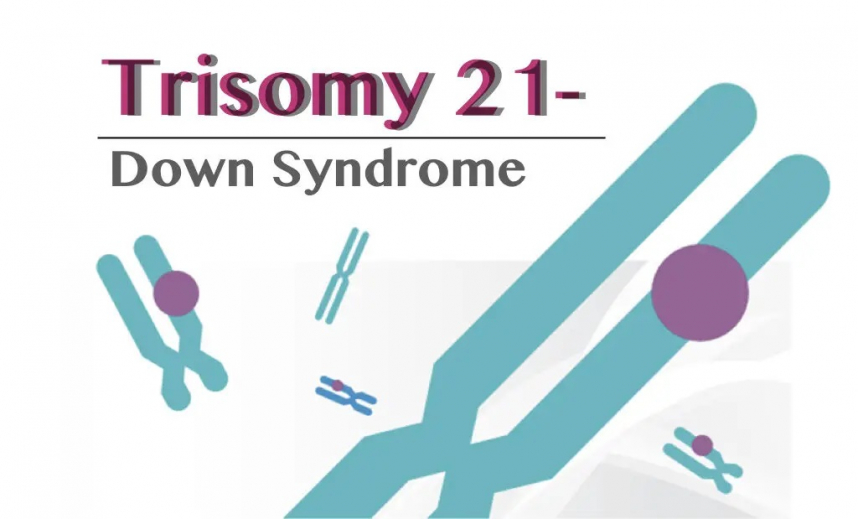
Early experiments suggest that gene editing techniques may one day allow the removal of the extra chromosome that causes Down syndrome.
Down syndrome, or trisomy 21, is caused by the presence of a third copy of the 21st chromosome. Affected individuals have inherited two copies of chromosome 21 from one parent and one copy from the other, instead of one from each parent.
The condition can be detected within days after a fertilized egg has multiplied into tiny clusters of cells. At this so-called blastocyst stage, gene editing for other diseases is possible, but there are no treatments for trisomy 21.
As reported on Tuesday in PNAS Nexus, Japanese researchers used the CRISPR-Cas9 gene editing system to eliminate the third chromosome in trisomy 21 cells grown in test tubes.
The technique can identify which chromosome has been duplicated so that it doesn’t end up eliminating the wrong one and leaving the cell with two identical chromosomes. Instead, it leaves one from each parent.
While promising in test tube experiments, the approach is not yet ready for testing in animals, in part because it can also leave changes in the retained chromosomes, the researchers said.
They expect, however, that their approach “will lay the groundwork for more sophisticated medical interventions targeting trisomy 21.”